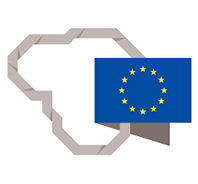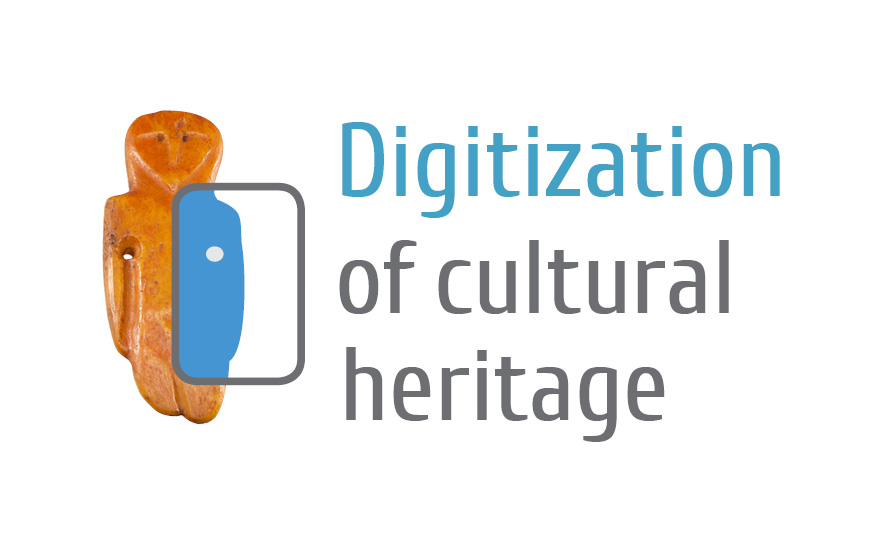-
-
What is there behind a mask? Masks from the Devils Collection of A. Žmuidzinavičius Museum
Masks constitute a captivating and particular part of any nation’s cultural environment, representing its worldview and artistic expression. They are related to ceremonies and rituals that have religious and social character. Inevitably, the primary function of a mask is to hide one’s identity, therefore people in masks personify creatures pictured on masks they wear, and they are usually integrated with a full-body outfit. This feature and function is common to all masks. Masks are divided into two types: anthropomorphic (which have human features) and zoomorphic (which have animal features). Masks have been used since the Stone Age, but only in the late 19th and early 20th centuries they became objects of art and a part of cultural heritage. Comprised of the devil’s collection of A. Žmuidzinavičius Creations and Collections Museum, this virtual exhibition presents a number of masks from various countries of the world.
The most abundant collection of masks came from Mexico – the country where masks are usually worn at carnivals, during the Holy Week and the Day of the Dead. Prior to the arrival of the Spaniards, priests used masks to summon Gods during the ritual sacrifices. Ancient masks often featured animals – the guardians of the local inhabitants. After Spain had conquered Mexico, the newcomers added horns to the masks of local gods and named them “devils”. This gave a start to the portrayal of Europeans, African Americans, old people, animals and supernatural beings, especially demons. Masks were made of wood, leather, papier mâché and other materials. Meanwhile, every June, on the Corpus Christi Day in San Francisco de Yare, a small town in Venezuela, the Devil’s Feast takes place. A legend says that this tradition started in the 17th century when the inhabitants after a continuous drought appealed to a devil to send them rain. Since then, people have been dancing non-stop in gratitude to devils during the Thursday of Corpus Christi. The devil procession accompanies the Holy Sacrament throughout the town, and the priest blesses the good devils. Masked and costumed carnival-goers whirl in a dance thus symbolizing the struggle between good and evil, mixed with faith, superstition and magic.
The exhibition also presents ritual masks from Sri Lanka and Mongolia. Sri Lankan masks are designed to be worn during traditional dances, ceremonies, festivals. By function, these masks are divided into three groups: monochromatic Sanni masks meant for treatment of diseases sent by demons (devils), realistic Kolam masks necessary for humorous Kolam dances, and Raksha masks which depict Rakshas – the demons who once ruled the country. Although “Raksha” means “devil”, the locals are not afraid of them and, having belief in their protective power, decorate with them the doors and walls of a house. Raksha masks are usually coloured in bright colours, each being dedicated to a specific demon that the mask depicts. The Mayura Raksha mask (peacock-devil) exhibited in this exhibition is believed to bring peace, harmony and well-being.
Masks are also used in the Mongolian ritual dance “Tsam” which had originated in the 8th century in Tibet, and in the 18th century reached Mongolia through India. The “Tsam” dance is believed to drive out evil spirits and protect people from wickedness. Dancers wear costumes and masks that symbolize different characters of Buddhist legends, gods, devils, or animals representing the good and bad realms. Most masks were made of papier-mâché, painted in bright colours: red, black, yellow, white and blue. They were less often made of wood and were varnished, gilded, and sometimes even inlaid with precious stones, so one mask could weigh up to 30 kilograms.
The colours used to decorate masks also have an important symbolic meaning in Bulgaria. When celebrating the New Year and the beginning of spring, groups of masked revellers can be seen all over the country. Masks that feature various creatures are made of animal skin, fur, horns, wood and other natural materials. The costumed people visit all the houses hailing the residents with ringing bells wishing everyone good health, longevity and good harvest. The most common colour used in mask decoration is red which symbolizes the fertility of nature, the sun, and fire, while black is a sign of Mother the Earth, and white stands for water and light.
Masks from different regions appear in a variety of styles, materials and sizes, each with unique cultural characteristics of its region and community. Masks that look similar may have a completely different notion and function, therefore its significance cannot be judged by its image. The above described exhibits illustrate that a mask is an integral part of a costume – the main focal point of a celebration or ritual characteristic of diverse cultures of the world.
Summarized by Daina Zozaitė
-
Virtual Exhibitions






